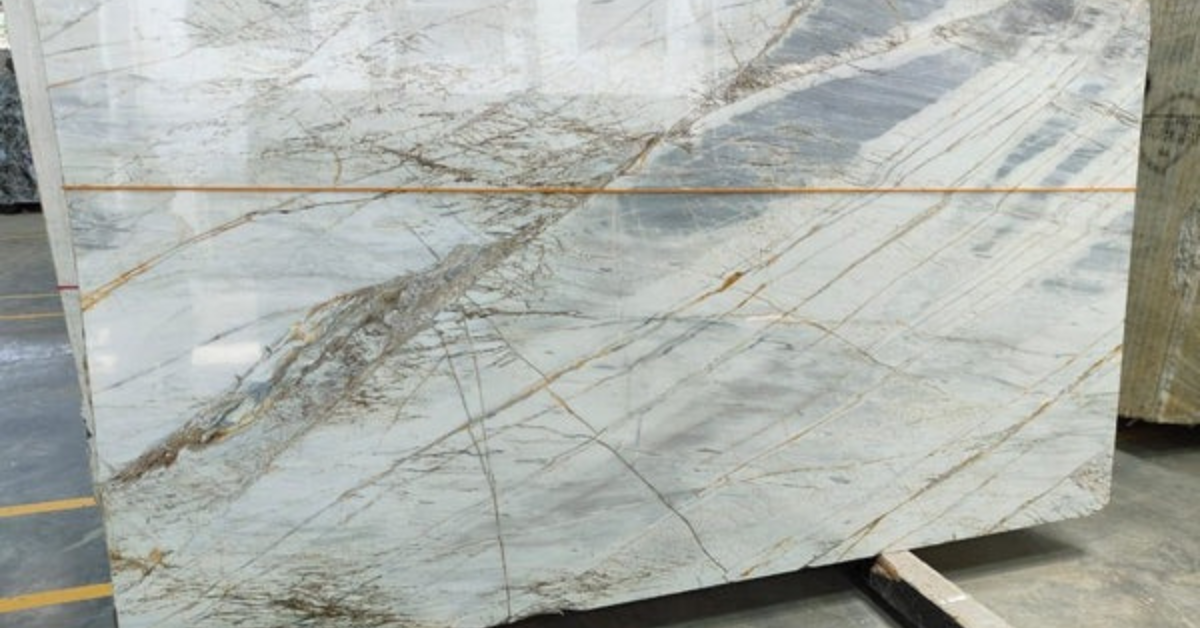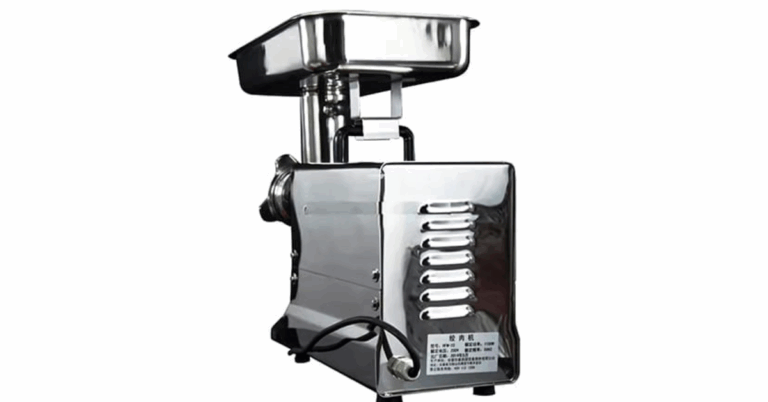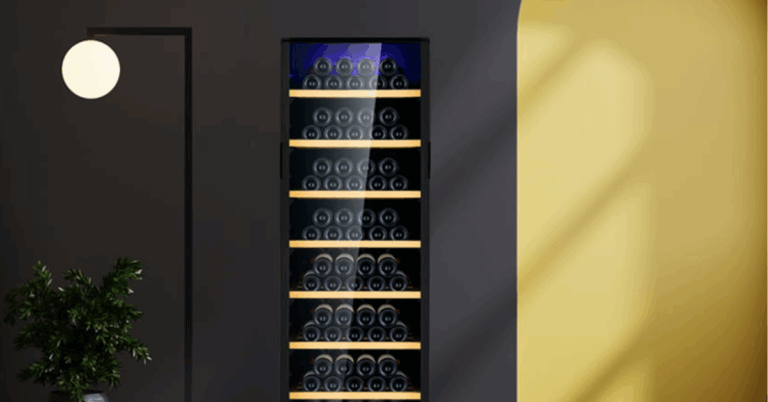Understanding Marble Stone Price: A Comprehensive Guide
Marble has been a timeless symbol of luxury, elegance, and durability, which is why it’s frequently used in various architectural and design applications. Whether it’s for countertops, floors, sculptures, or even outdoor spaces, marble’s natural beauty and ability to withstand wear and tear make it a popular choice. One crucial factor, however, that potential buyers often wonder about is the Marble Stone Price
In this guide, we’ll explore the various factors that influence the pricing of marble stone and help you understand how to budget for your marble needs.
Factors Affecting Marble Stone Price
Quality of the Marble
The quality of the marble is one of the primary factors influencing its price. Higher-quality marble typically comes from more renowned quarries and has a more consistent color, pattern, and texture. These marbles are more refined and require advanced processes to extract and prepare for use, thus pushing their prices higher. Additionally, some varieties of marble, like Carrara or Calacatta, are considered rarer and therefore, are usually priced higher than common varieties.Origin of the Marble
Marble’s geographical origin plays a significant role in determining its price. Marble from well-known regions like Italy, Greece, or Turkey tends to be more expensive than marble sourced from other locations due to its established reputation for quality. Marble from these areas often carries a higher prestige, which makes it more desirable and subsequently more expensive.Color and Pattern
The color and veining pattern of the marble also affect its price. Some colors, like pure white, black, or rare hues, are harder to find, making them more expensive. The veining patterns also play a critical role. Intricate, bold veining can make a piece of marble more unique and valuable. Marble with highly defined, attractive veins tends to fetch higher prices than those with less prominent or more uniform patterns.Thickness and Size of the Slab
The dimensions and thickness of the marble slab are essential in determining the overall price. Thicker slabs require more raw material and more labor to process, which results in higher costs. Larger slabs also mean that more marble is required, leading to an increase in price. The size of the slab is often determined by the specific needs of the project, but it’s important to keep in mind that larger and thicker slabs generally come at a premium.Finishing and Texture
The finish of the marble—whether it’s polished, honed, or brushed—can affect the overall price. Polished marble, for example, requires more intensive labor and machinery, which makes it more expensive than honed marble. Marble tiles or slabs with a brushed finish are generally more affordable due to their simpler production process. The texture of the marble also plays a role in determining the cost, with rougher textures often costing less than smooth finishes due to fewer processing steps.Demand and Availability
The demand for marble can fluctuate, influencing its price. If a certain style or color of marble is in high demand, the price will likely increase due to scarcity. On the other hand, if the supply of a particular type of marble exceeds demand, its price may drop. Regional supply and demand also contribute to the variability of marble prices. In certain markets, prices might be higher due to a limited supply of high-quality marble.
Types of Marble and Their Price Ranges
The type of marble you choose will directly affect the marble stone price. Here are a few popular types of marble and their typical price ranges:
Carrara Marble
Carrara marble is one of the most popular and affordable marble options, especially famous for its white or blue-gray coloration and subtle veining. It’s widely used in both residential and commercial spaces. The price typically ranges from $40 to $100 per square foot, depending on the quality and finish.Calacatta Marble
Calacatta marble is known for its bold veining and striking appearance, typically in white with heavy, thick veins of gold or gray. Due to its rarity and luxurious appeal, Calacatta marble is often considered a premium option. Prices for Calacatta can range from $150 to over $250 per square foot.Emperador Marble
Emperador marble is a dark brown to beige marble with white veining, originating from Spain. This type of marble is often used for both flooring and countertops, and its price typically ranges from $60 to $120 per square foot.Crema Marfil
A beige-colored marble that is often used for more subtle, elegant applications, Crema Marfil is popular for both floors and walls. It is generally more affordable than high-end options like Calacatta, with prices usually ranging from $40 to $90 per square foot.Onyx Marble
Onyx is a rare and exotic type of marble, known for its translucent appearance and vibrant colors. Onyx is typically much more expensive than most other types of marble due to its rarity and intricate patterning, with prices ranging from $100 to $300 per square foot.
How to Budget for Marble Stone
When budgeting for a marble project, it’s essential to account for not only the price of the stone itself but also additional costs such as transportation, installation, and maintenance. Here are a few tips to help you manage your marble budget:
Measure Your Space: Before purchasing marble, take accurate measurements of the area where you plan to use it. This will help you calculate how much marble you’ll need and provide a better estimate of the overall cost.
Consider the Maintenance Costs: Marble requires regular maintenance, including sealing to prevent stains and occasional polishing. These ongoing costs should be factored into your long-term budget.
Get Multiple Quotes: Prices for marble can vary widely between suppliers, so it’s always a good idea to get multiple quotes to ensure you’re getting the best deal.
Set a Realistic Budget: Marble can be a significant investment, so it’s important to set a budget that fits your financial capabilities. If you’re working with a limited budget, consider opting for a more affordable variety of marble or using marble as an accent in your design rather than covering entire surfaces.
Conclusion
The marble stone price can vary significantly based on factors like quality, origin, color, pattern, size, and finishing. Understanding these factors will help you make an informed decision when purchasing marble for your project. Whether you’re renovating your home or working on a commercial construction project, investing in marble is a great way to add value, elegance, and durability to your space. Be sure to plan carefully, and you’ll enjoy the timeless beauty of marble for years to come.







